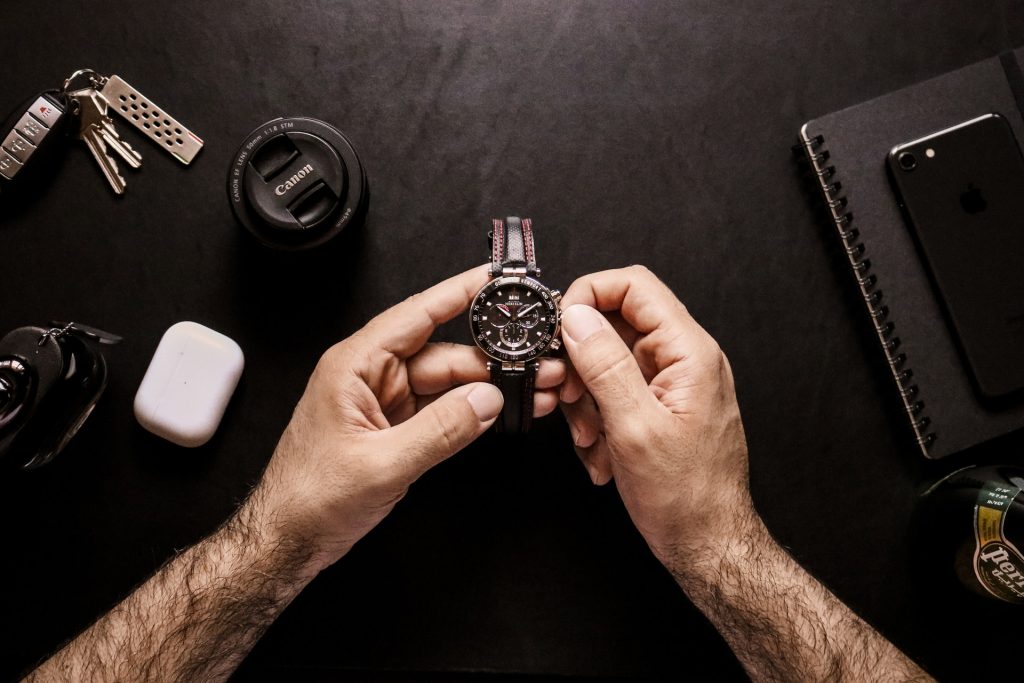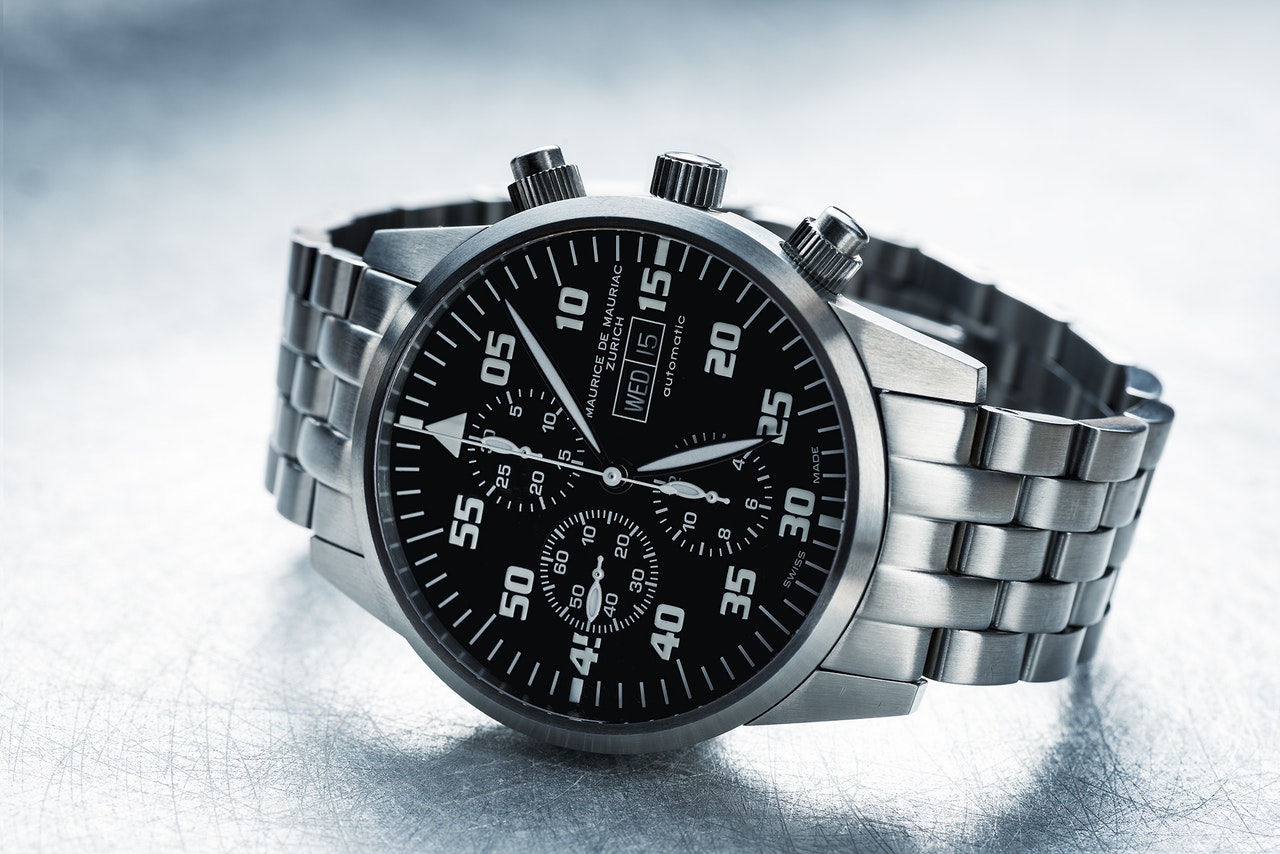Owning any mechanical watch comes with responsibilities. Both self-winding and hand-wound watches can last for generations and be as precise as the first day you bought them. The only condition is that they need to be taken care of. If you don’t learn how to maintain an automatic watch properly it’s performance will quickly deteriorate and instead of generations, it will last you for a few years. It is important to factor in the maintenance a watch requires when purchasing it. If you’re not ready to commit to its care, an automatic watch is not for you. To not discourage you and to aid you in taking the correct measure to keep your timepiece running smoothly, here are some simple but vital steps you need to follow.
Wearing the watch
The first and probably most important step in maintaining your automatic watch is wearing it. An automatic keeps running and gets its energy through the movements of the wearer. The movements of your hands and arms activate the rotor inside the mechanism which in turn tightens the springs and helps the watch wind itself. Most modern-day watches have a power reserve of on average 38 to 40 hours. When the power reserve is used up however the watch will stop and will need to be manually wound. A factor to consider is that if the watch is hand-wound the crown mechanisms will wear down quicker than if it’s worn consistently.

If you’re not buying an automatic as an everyday timepiece and you don’t want to have to wind it every time you could purchase a watch winder. A watch winder will do the hard work for you and keep the watch always ready for wear. Keep in mind however that keeping the watch in the winder and having it be constantly set will over time wear down the movement. Unless the watch sports a perpetual calendar, assess whether the watch will be best left in the winder or if you’d rather put it in the winder before you’re ready to wear the piece.
Setting the watch
If you are manually winding the watch do not have the watch on your wrist. In order for you to set the watch while you’re wearing it, you need to apply pressure to the crown in order to turn it. This can cause the crown to wear out quicker, to misalign from the mechanisms or bend, which will cost you more in repairs in the long run. Instead, to avoid damage, take the watch off and set it while securely holding it with your other hand.

When setting the piece also make sure to avoid setting it between 9 pm and 3 am, particularly if your watch has a day or date function. During those times the watch’s gears are working towards switching the date and setting it might cause issues with precision and the date gears.
Cleaning and servicing
You should be routinely cleaning your watch. As you’re most likely wearing it often, dirt can build up quite easily. Wipe it down gently with a soft cloth if the watch isn’t water-resistant. If it is water-resistant you can wipe it with a soft cloth dipped in a mix of gentle soap and water to remove any dust and grime. To make sure the watch stays accurate, take extra care around the crown and push-pieces.

There isn’t an exact timeframe in which you should have your watch serviced. It all depends on the brand, quality or age of the timepiece. It’s generally accepted however that a watch should receive a full service every 5 years or so and more often as it ages. If your watch is water-resistant and you shower with it often or engage in aquatic sports it is recommended that you check the water-resistance of the watch every year, to avoid any water damage.
As every watch lover does, we all want our beloved timepieces to run smoothly and efficiently, and by following these few simple steps yours is guaranteed to last a lifetime. If you are looking for an automatic watch, click here to browse our range.
Do you take any more steps to maintain your automatic watch? Let us know in the comments below.





